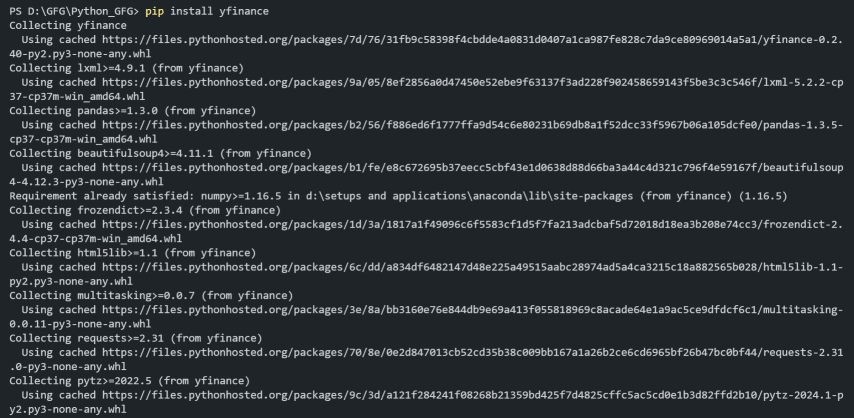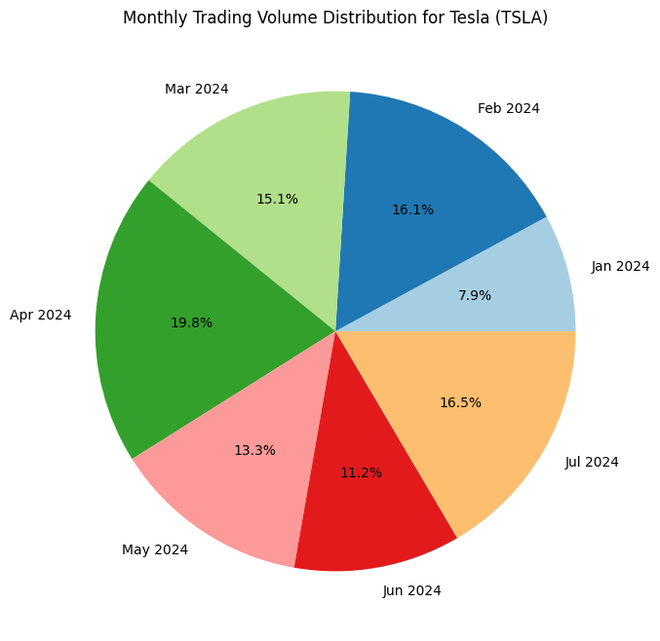
|
|
Importing a module as an alias is important in Python to reduce the overhead of typing long module names and to enhance code readability. Using an alias allows for more concise and manageable code, especially when dealing with frequently used libraries or those with lengthy names. For example, importing yfinance as yf eases access to its functions and classes, making financial data analysis more efficient. In this article, we will learn to import yfinance as yf in Python. Installing yfinanceStep 1: Check Python InstallationVerify Python is installed on your system. This command outputs the Python version. python --version Step 2: Check PIP InstallationConfirm PIP is installed. This command shows the pip version if it’s available. pip --version Step 3: Install yfinanceUse pip to install the yfinance library. This command fetches and installs yfinance and its dependencies. pip install yfinance Step 4: Verifying InstallationCheck the Package Installation detailed by executing the below command in the terminal. pip show yfinanceThis command provides detailed information about the yfinance package, including its version, location, and dependencies.  Importing yfinance as yfBelow is the process to import yfinance as yf in Python. Syntax:import yfinance as yf
Import yfinanceOnce the installation is complete, you can import the Example: Fetching TESLA Data in Pie ChartIn this example, we are using the yfinance alias yf to fetch Tesla (TSLA) stock data for the past six months. We then aggregate the trading volume by month and create a pie chart using Matplotlib to visualize the monthly distribution of trading volume. The pie chart provides a clear view of how trading activity varies across different months. Output:  ConclusionIn conclusion, importing a module with an alias, such as import yfinance as yf, eases code and improves readability by providing a shorthand reference to the library. This approach is particularly useful when working with libraries that have long names or many functions. By following the installation and import steps, you can efficiently integrate yfinance into your Python projects and leverage its capabilities for financial data analysis and visualization. |
Reffered: https://www.geeksforgeeks.org
| Python |
Type: | Geek |
Category: | Coding |
Sub Category: | Tutorial |
Uploaded by: | Admin |
Views: | 20 |